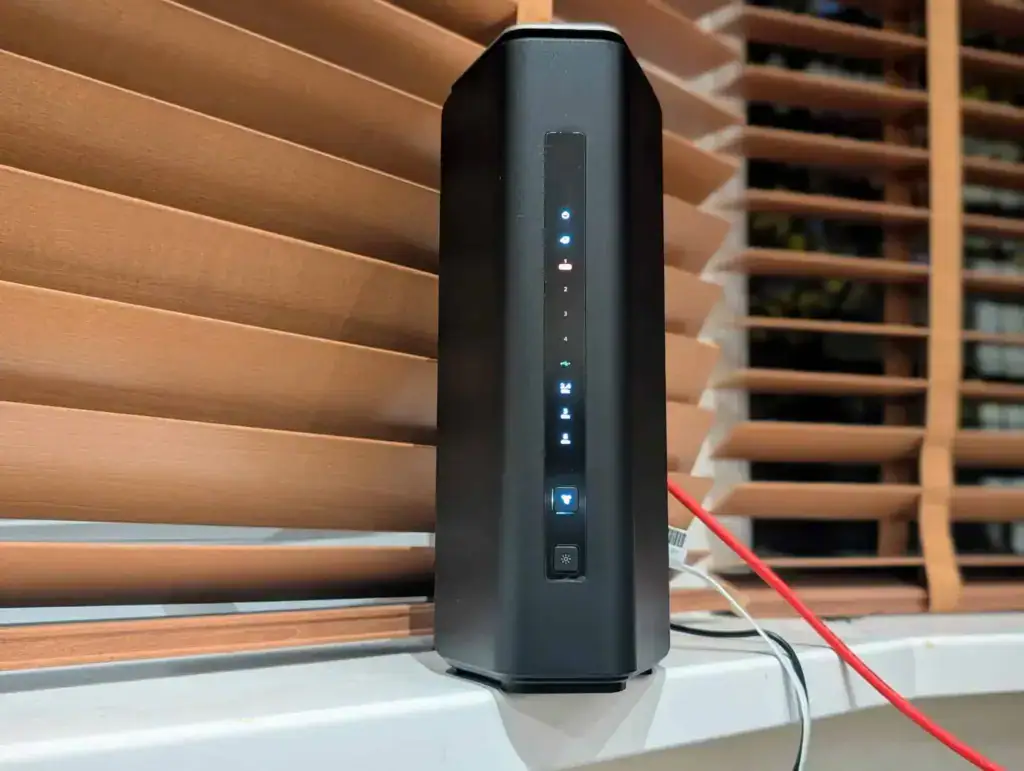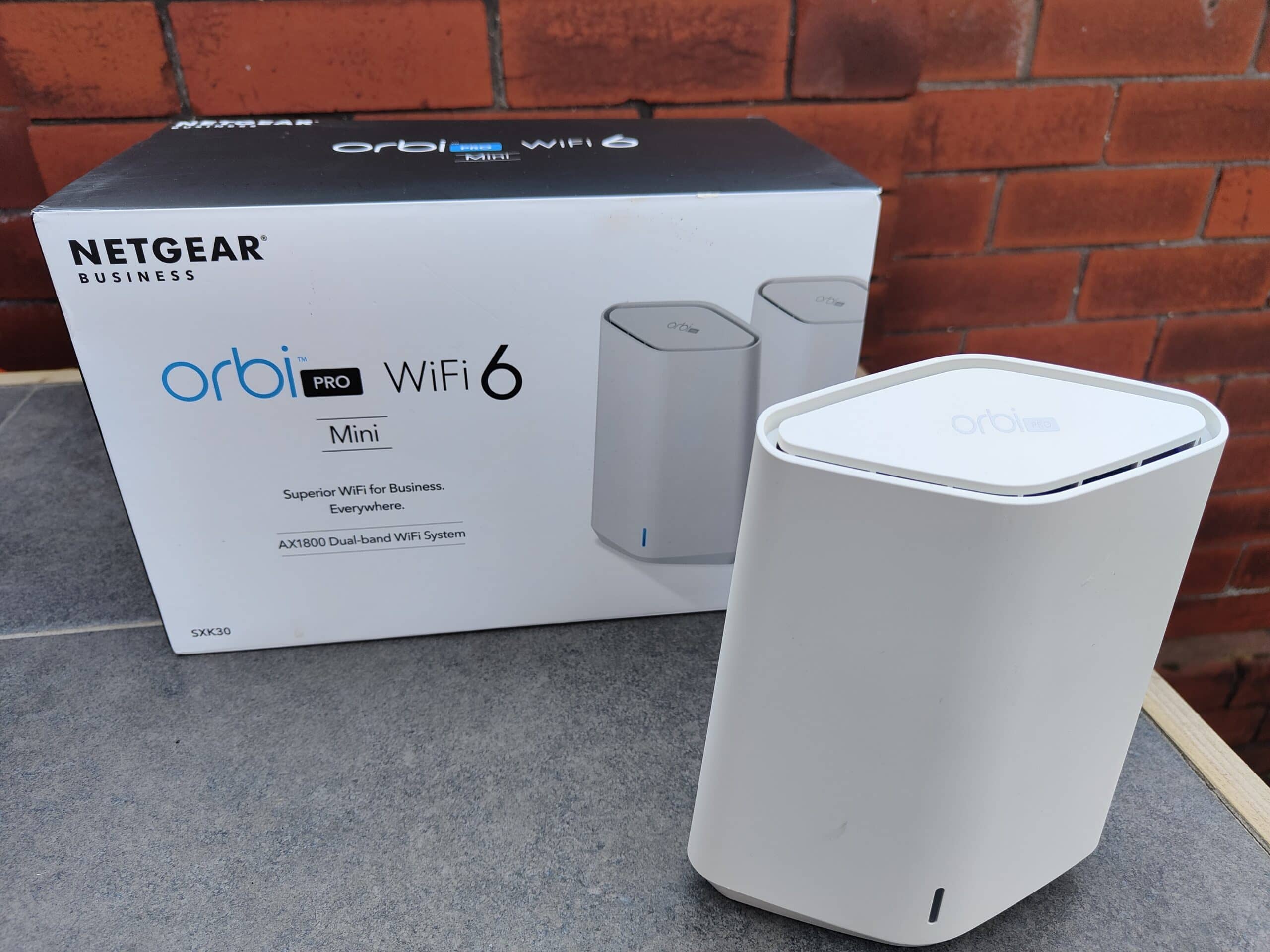What is 10.0.0.1?
10.0.0.1 serves as a default gateway IP address utilised by numerous routers and networking devices across residential and commercial environments. This address belongs to the private IPv4 address space, which means it operates exclusively within local networks and cannot be accessed directly from the internet.
The IP address 10.0.0.1 functions as the primary access point for router administration panels. This web-based interface acts as the central hub where network administrators can modify router configurations, establish security protocols, and manage network settings. Think of it as the command centre for your networking equipment.
Accessing this interface requires entering ‘10.0.0.1’ directly into your web browser’s address bar. When your router utilises this IP address, the system will redirect you to the authentication page. You’ll need to provide the appropriate username and password credentials. Unless previously modified, these will be the manufacturer’s default login details.
Each device within your network maintains a distinct IP address, enabling proper data packet routing throughout the system. The IP address 10.0.0.1 typically belongs to the network gateway device (your router), which serves as the bridge connecting your local network infrastructure to the broader internet.
Should you encounter difficulties accessing the router interface, verify that you’ve entered the IP address accurately. Common errors include confusing the number ‘1’ with the letter ‘l’ or the number ‘0’ with the letter ‘O’. Always verify your input to prevent access issues.
Understanding your network architecture and router functionality forms the foundation of maintaining a secure and efficient networking environment.
Admin Login Steps for 10.0.0.1

Accessing your router’s administrative control panel through 10.0.0.1 involves a straightforward two-step process:
Step 1: Launch your preferred web browser and type 10.0.0.1 into the address bar. Confirm that your device maintains an active connection to the Wi-Fi network managed by the target router. Entering an incorrect IP address or misplacing the decimal points will result in an error page. Exercise caution to avoid such input mistakes.
Step 2: Provide your authentication credentials (username and password). To streamline future access, consider selecting the ‘Remember me’ option, which stores your login information securely. If you’re uncertain about your credentials, consult the default login table provided below, which contains standard authentication details.
Should you misplace your login information, don’t panic – this guide includes comprehensive default credential listings. If these standard credentials prove unsuccessful, research your router manufacturer’s specific default login details online.
Access granted!
Important note: Ensure your device connects to the correct network and that you’ve used the precise IP address for successful page loading.
Standard Default Logins
| Username | Password |
|---|---|
| admin | admin |
| admin | password |
| Leave username blank | admin |
| admin | leave password blank |
Brand-Specific Router Default Logins
Router manufacturers typically establish default authentication credentials during production. The following examples represent common router brands, though these details may vary. Many routers encourage credential modification during initial setup to enhance security. If default login information fails, the credentials have likely been customised.
Apple (AirPort)
- Username: admin
- Password: public or admin
Motorola
- Username: admin
- Password: motorola
Actiontec
- Username: admin
- Password: password
Westell
- Username: admin
- Password: password or sysadm
2Wire
- Username: blank (no username)
- Password: blank (no password)
Billion
- Username: admin
- Password: admin
SMC
- Username: admin
- Password: smcadmin
ZyXEL
- Username: admin
- Password: 1234
Thomson
- Username: admin
- Password: admin
Sagemcom
- Username: admin
- Password: admin
Unique Passwords
Contemporary router manufacturers increasingly implement unique authentication systems, substantially enhancing network security protocols.
These individualised login credentials appear printed directly on the router’s physical label or documentation.
Most Internet Service Provider-supplied routers employ this security method, and Apple’s AirPort systems commonly utilise unique authentication approaches.
Setting Up Your Router – Resolving Issues with 10.0.0.1
Verify your device connects to the primary network rather than any guest network configurations. Guest networks typically restrict access to administrative panels. If wireless connectivity proves problematic, establish a direct Ethernet connection between your computer and router. This approach circumvents Wi-Fi requirements and password dependencies.
Confirm you’re attempting access with the correct IP address. If unsuccessful, determine your router’s actual IP address by opening Command Prompt (Windows) or Terminal (Mac) and executing ‘ipconfig’ or ‘ifconfig’ respectively. The value listed beside ‘Default Gateway’ indicates your router’s IP address.
Examine firewall configurations that might block your connection attempts. If firewall software prevents access, temporarily disable these protections to establish connectivity.
Should one browser fail, attempt access using an alternative web browser. Users frequently enter IP addresses into search bars rather than address bars, causing navigation errors. Double-check this detail to prevent access problems.
As a final resort, restart your networking equipment. Disconnect power from both router and modem devices. Reconnect power supplies and allow complete system reboot cycles. This process resolves most connectivity issues.
These troubleshooting techniques address common difficulties encountered when accessing router administrative interfaces.
What is my IP Address?
If you’re uncertain about your IP address or experiencing access difficulties, determine your router’s IP address by opening Command Prompt in Windows and typing ‘ipconfig’. The address displayed next to ‘Default Gateway’ represents your router’s IP address. The accompanying screenshot demonstrates this process clearly.
Frequently Asked Questions about IP Address
What are the username and password for 10.0.0.1?
The IP address 10.0.0.1 functions as a default gateway for router network access. Authentication credentials may be standard defaults (typically ‘admin’ for both fields) or custom credentials established by users.
Why can’t I access 10.0.0.1?
Access limitations typically relate to incorrect default gateway identification, so verify that 10.0.0.1 represents your actual default gateway. Common issues include typographical errors in the IP address; the correct format should be 10.0.0.1. This IP address frequently appears in Apple AirPort and various ISP-provided router configurations.
How can I discover my 10.0.0.1 password?
The IP address 10.0.0.1 typically employs default authentication credentials. This article’s third section provides comprehensive default login information. If these credentials fail, reset your router by pressing and holding the reset button (located on the device’s rear panel) for ten seconds. This action restores factory default configurations, enabling login with original credentials.
How do I change my 10.0.0.1 password?
Open any web browser and enter 10.0.0.1 in the address bar, then press enter. Authenticate using current login credentials, then navigate to Wireless > Security Settings > Select WPA2-PSK [AES]. From this location, you can modify your 10.0.0.1 password settings.
Which Popular Brands Use 10.0.0.1?
The IP address 10.0.0.1 serves as a default gateway across various prominent router manufacturers. Several notable brands commonly implementing this address include:
- Apple: Apple’s AirPort series routers frequently utilise 10.0.0.1 as their default gateway address for administrative access.
- Xfinity: Comcast’s Xfinity gateway devices often employ 10.0.0.1 for router management interfaces.
- Motorola: Various Motorola networking products, particularly cable modems and gateway devices, use this IP configuration.
- Netgear: Netgear will often use 10.0.0.1 for many of its routers. From my testing, it will typically use this if the more standard 192.168.1.1/192.168.0.1 ranges are not available
- Actiontec: Actiontec routers, commonly provided by telecommunications companies, frequently default to 10.0.0.1.
- Westell: Westell DSL modems and routers often utilise 10.0.0.1 for administrative panel access.
- 2Wire: AT&T’s 2Wire gateway devices typically employ 10.0.0.1 as their default IP address.
- SMC: SMC Networks routers occasionally use 10.0.0.1 for administrative access, particularly in business environments.

